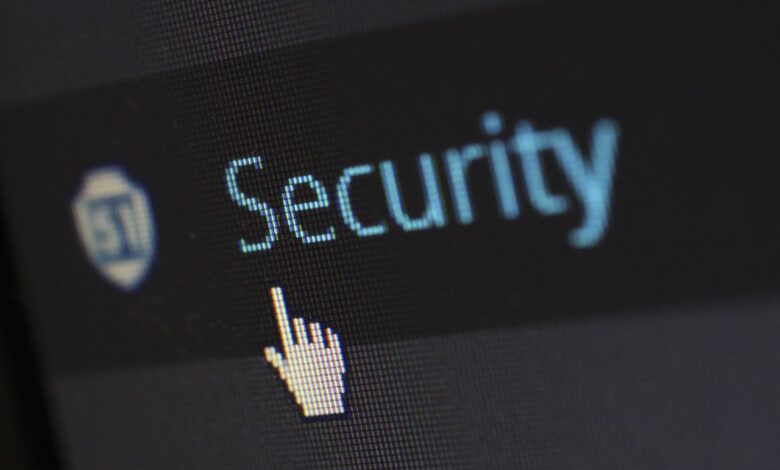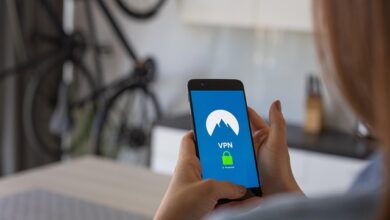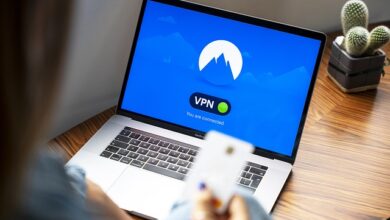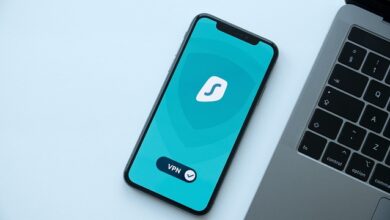How to Hide Your IP Address & Browse Anonymously

In today’s digital age, maintaining online privacy has become more important than ever. With the increasing number of cyber threats, data breaches, and government surveillance, many users are seeking ways to protect their personal information and browse the internet anonymously. One of the most effective methods for achieving this is by hiding your IP address. In this comprehensive guide, we will explore what an IP address is, why you might want to hide it, and various techniques you can use to browse the web anonymously
Understanding Your IP Address
An IP (Internet Protocol) address is a unique numerical label assigned to every device connected to a network that uses the Internet Protocol for communication. It serves two primary purposes: identifying the host or device and providing its location on the network. Think of it as your digital fingerprint—it reveals details such as your geographic location, ISP (Internet Service Provider), and even specific information about your browsing habits.
There are two types of IP addresses:
- IPv4 : A 32-bit address consisting of four numbers separated by dots (e.g., 192.168.0.1).
- IPv6 : A newer, 128-bit address designed to accommodate the growing number of devices (e.g., 2001:0db8:85a3:0000:0000:8a2e:0370:7334).
While IP addresses are essential for internet functionality, they also pose potential risks to your privacy. By masking your IP address, you can enhance your security and anonymity while browsing.
Why Hide Your IP Address?
Hiding your IP address offers several benefits, including:
- Enhanced Privacy : Prevent websites, advertisers, and hackers from tracking your online activities.
- Access Geo-Restricted Content : Bypass regional restrictions imposed by streaming platforms, social media sites, or other services.
- Protect Against Cyber Attacks : Reduce the risk of being targeted by malicious actors who may exploit vulnerabilities in your system.
- Avoid Censorship : Circumvent government-imposed internet censorship in countries with strict regulations.
- Secure Public Wi-Fi Usage : Safeguard your data when using unsecured public networks at cafes, airports, or hotels.
By concealing your IP address, you take control of your digital footprint and ensure a safer, more private browsing experience.
Methods to Hide Your IP Address
1. Use a Virtual Private Network (VPN)
A Virtual Private Network (VPN) is one of the most popular and reliable tools for hiding your IP address. When you connect to a VPN, your internet traffic is routed through an encrypted tunnel to a server located elsewhere. This process masks your real IP address and assigns you a new one, making it appear as though you’re accessing the internet from a different location.
Key Features of Using a VPN:
- Encryption : Secures your data with advanced encryption protocols.
- Global Server Locations : Allows you to choose servers in various countries, enabling access to geo-blocked content.
- No Logs Policy : Some reputable VPN providers maintain a strict no-logs policy, ensuring your activity remains confidential.
Recommended Steps:
- Choose a trusted VPN provider like ExpressVPN, NordVPN, or Surfshark.
- Download and install the software on your device.
- Connect to a server in your desired location.
- Start browsing privately!
Tip : Always opt for premium VPN services over free ones, as they often provide better performance, stronger security features, and fewer limitations.
2. Utilize Proxy Servers
Proxy servers act as intermediaries between your device and the internet. Instead of directly connecting to a website, your request goes through the proxy server, which then forwards it to the destination site. As a result, the website sees the proxy server’s IP address rather than yours.
Types of Proxy Servers:
- HTTP Proxies : Suitable for web-based traffic but lack encryption.
- SOCKS Proxies : Support multiple protocols and offer greater flexibility but may be slower.
- HTTPS Proxies : Provide secure connections for sensitive transactions.
Pros and Cons:
- Pros : Easy to set up; useful for simple tasks like accessing blocked websites.
- Cons : Limited encryption; slower speeds; less reliable compared to VPNs.
To configure a proxy server, follow these steps:
- Obtain the proxy server details (IP address and port number) from a trusted source.
- Go to your browser or operating system settings.
- Enter the proxy server information under the network preferences.
3. Access the Dark Web via Tor Browser
The Tor (The Onion Router) network is renowned for its ability to anonymize users’ identities. By routing your connection through multiple layers of encryption and volunteer-operated nodes, Tor effectively hides your IP address and makes it nearly impossible to trace your online activity.
How Tor Works:
- Your data passes through three random nodes within the Tor network.
- Each node decrypts only enough information to know where to send the data next.
- The final node communicates with the target website without revealing your original IP address.
Benefits:
- High level of anonymity.
- Access to hidden services on the dark web.
Drawbacks:
- Slower browsing speed due to multi-layered routing.
- Potential association with illicit activities, although legitimate uses exist.
Download the official Tor Browser from the official website and start exploring anonymously.
4. Employ Public Wi-Fi Networks
Connecting to public Wi-Fi networks can temporarily mask your IP address since the network’s IP will be visible instead of yours. However, this method comes with significant risks, especially if the network is unsecured.
Safety Precautions:
- Avoid entering sensitive information (e.g., passwords, credit card details) on public Wi-Fi.
- Use HTTPS websites to encrypt your communications.
- Consider combining public Wi-Fi with a VPN for added protection.
5. Leverage SSH Tunnels
Secure Shell (SSH) tunnels create encrypted pathways between your computer and a remote server. While primarily used for administrative purposes, SSH tunnels can also help hide your IP address.
Steps to Set Up an SSH Tunnel:
- Install an SSH client (e.g., PuTTY for Windows or Terminal for macOS/Linux).
- Establish a connection to a remote server that allows SSH access.
- Configure your browser or application to route traffic through the SSH tunnel.
This method requires technical knowledge and access to a compatible server, so it may not be suitable for all users.
Additional Tips for Anonymous Browsing
Even after hiding your IP address, there are additional measures you can take to maximize your anonymity:
- Disable Cookies : Clear cookies regularly or enable “Do Not Track” options in your browser.
- Use Privacy-Focused Browsers : Opt for browsers like Mozilla Firefox with enhanced privacy settings or Brave Browser, which blocks ads and trackers by default.
- Avoid Personal Information : Refrain from sharing identifiable details on forums or social media platforms.
- Regularly Update Software : Keep your operating system, antivirus programs, and applications updated to patch vulnerabilities.
- Monitor DNS Leaks : Ensure your DNS queries are routed through the same encrypted channel as your IP address.
Legal Considerations
While hiding your IP address is generally legal, certain activities conducted under anonymity may violate laws depending on your jurisdiction. For instance:
- Downloading copyrighted material illegally.
- Engaging in cybercrime or harassment.
- Accessing restricted content without proper authorization.
Always adhere to local regulations and use anonymization tools responsibly.




